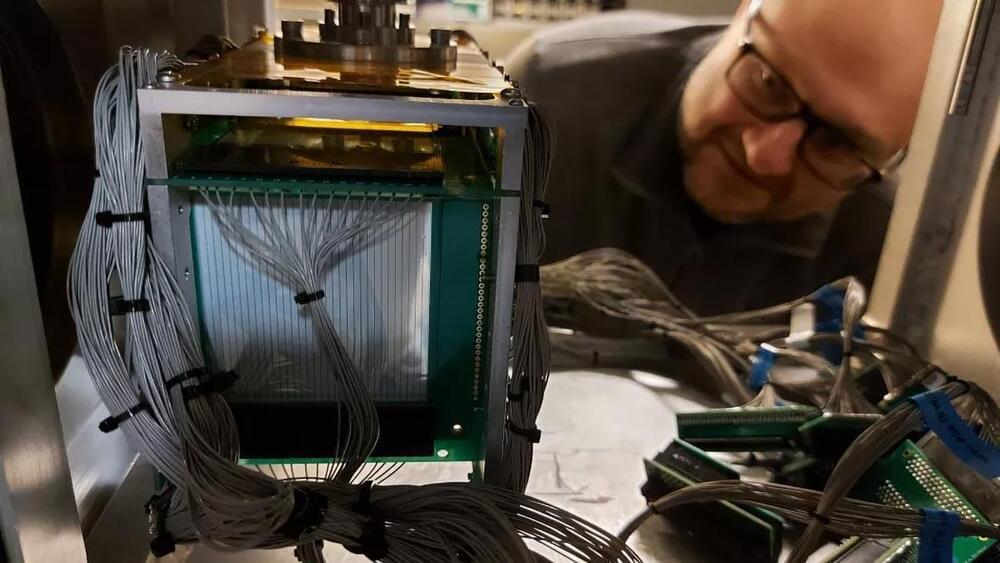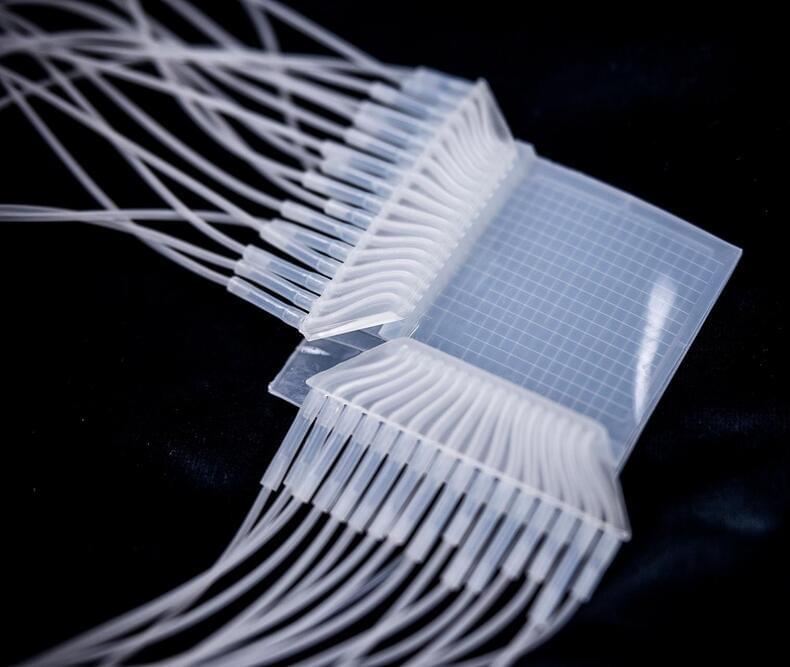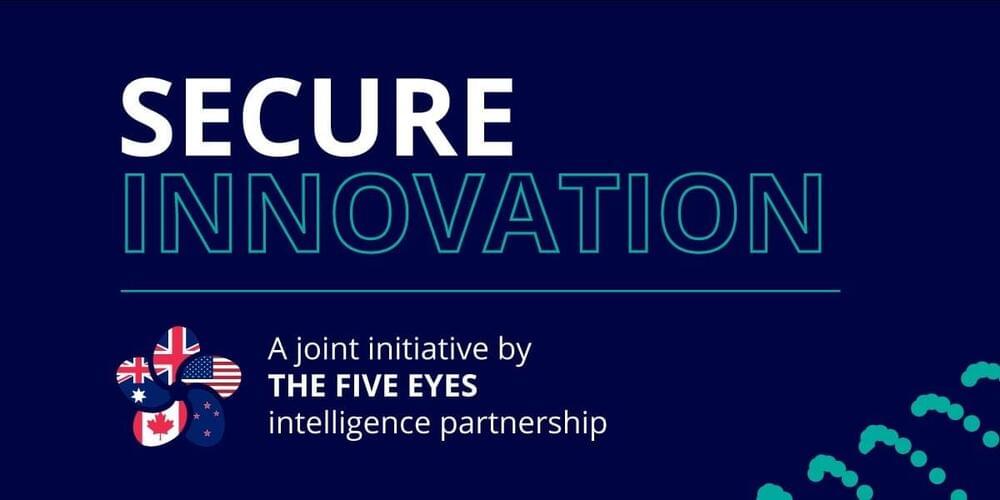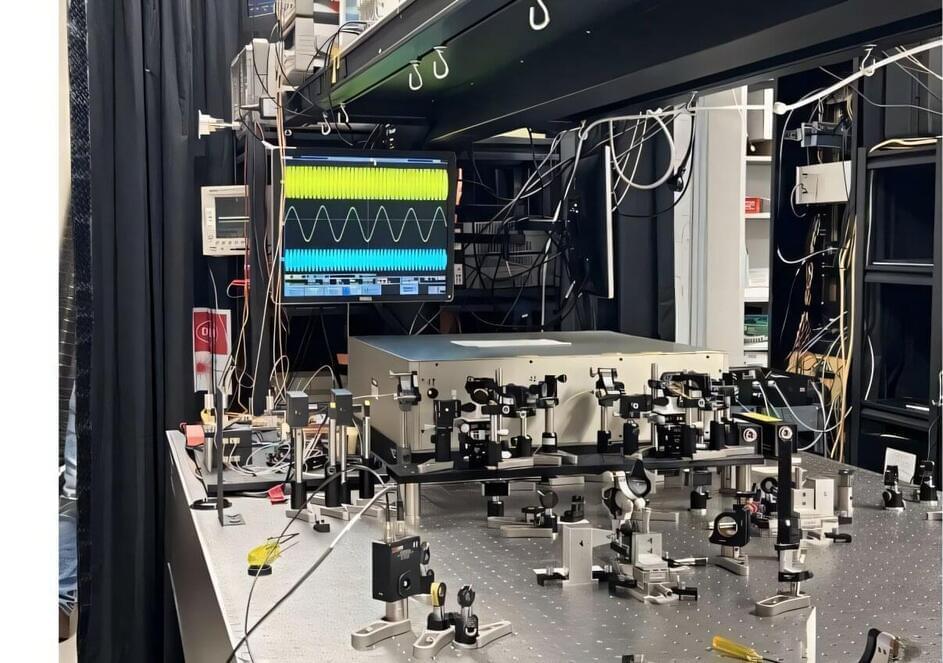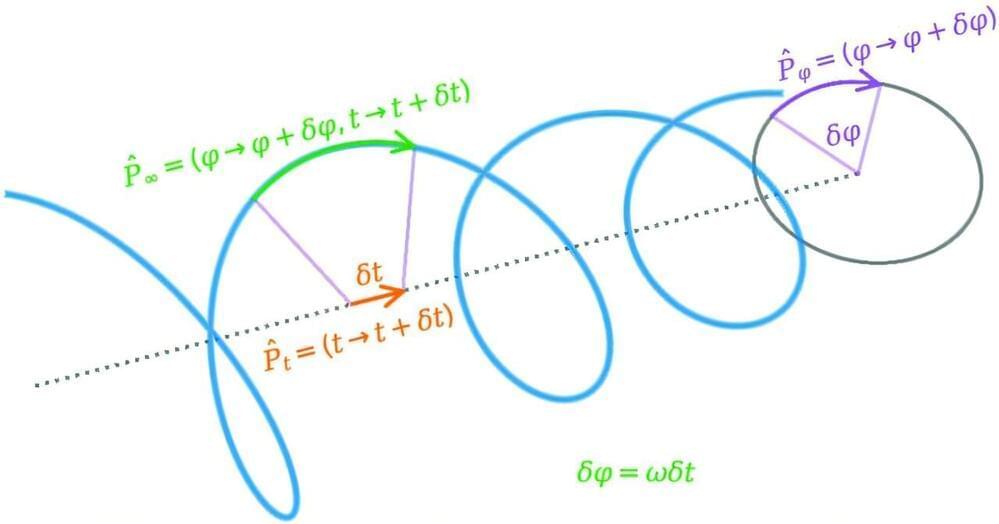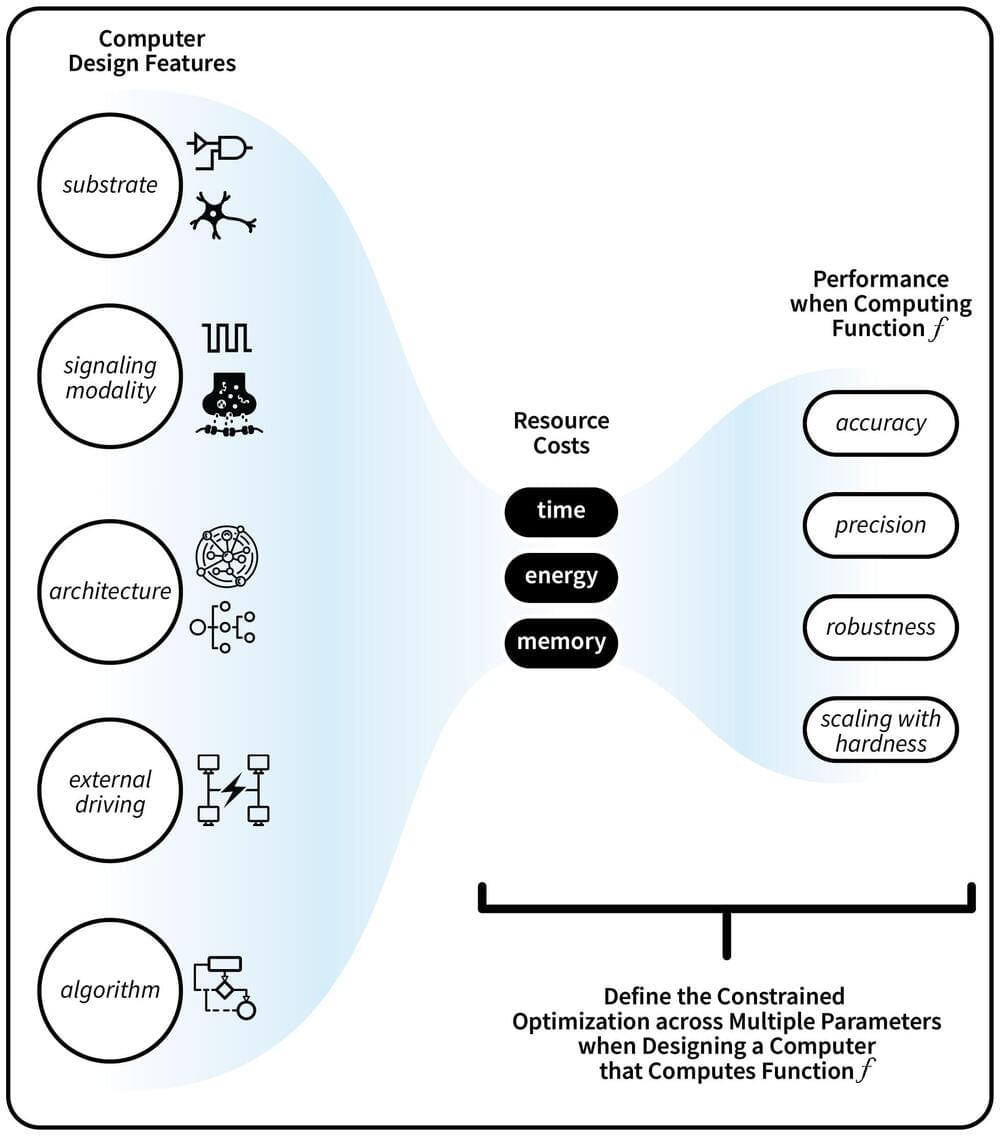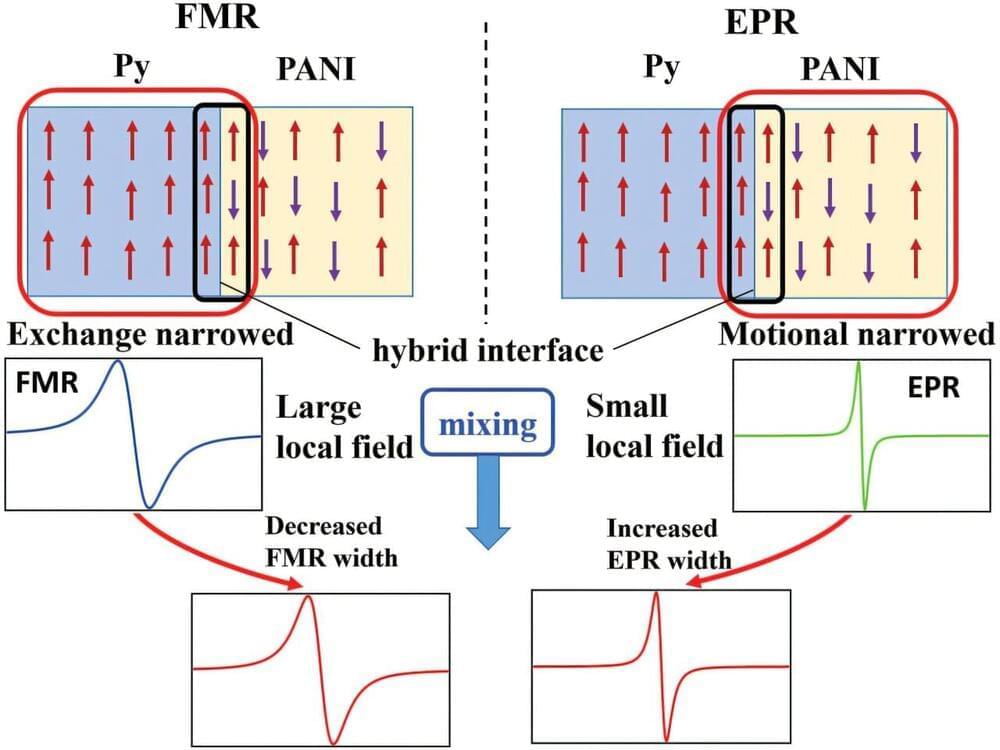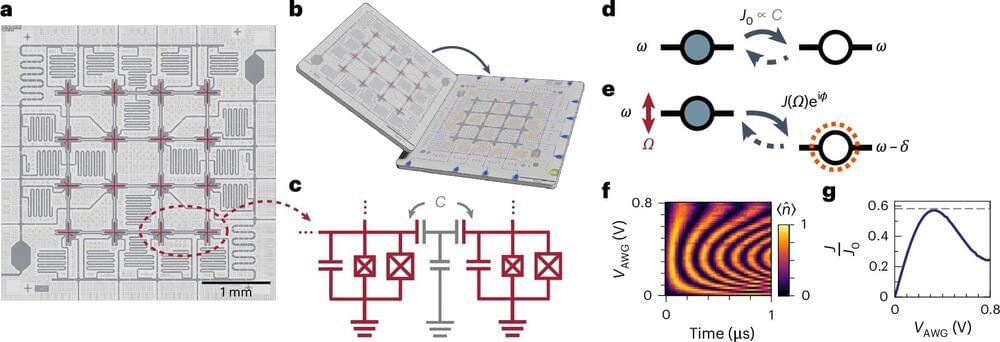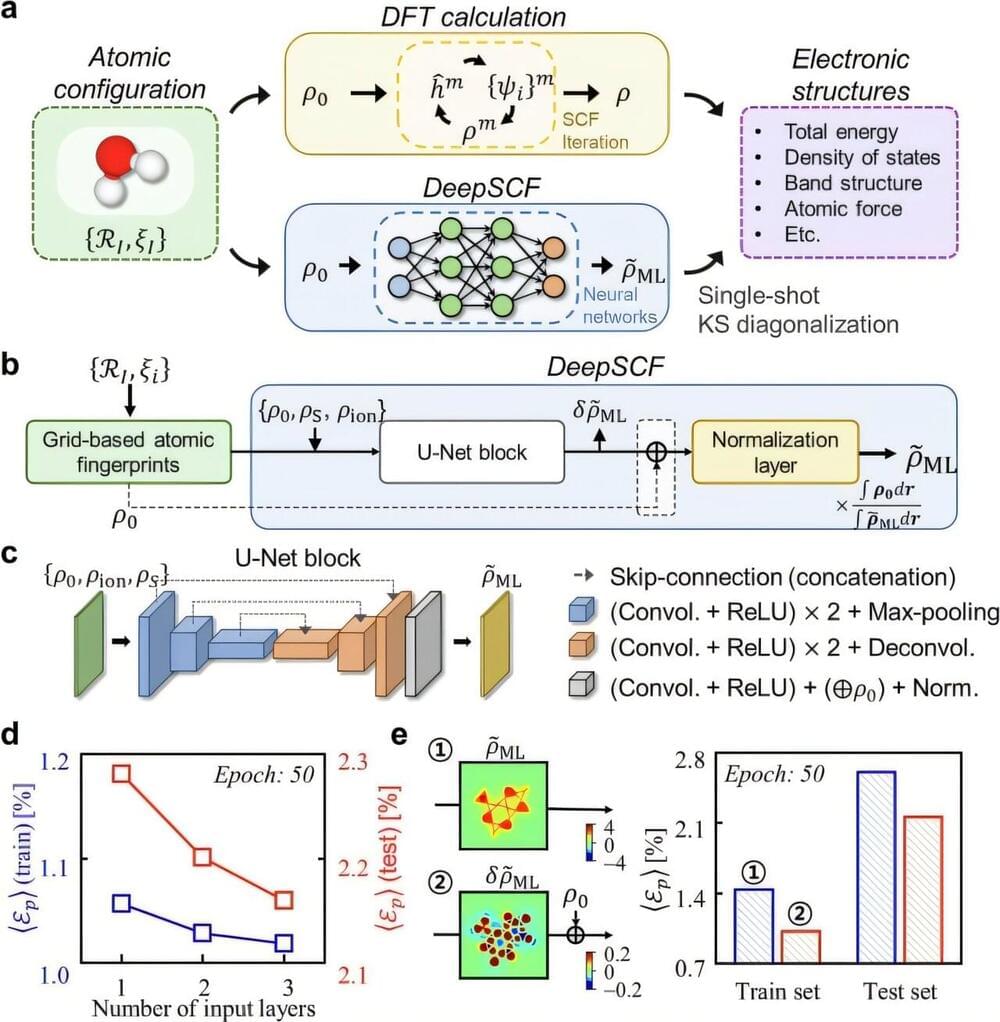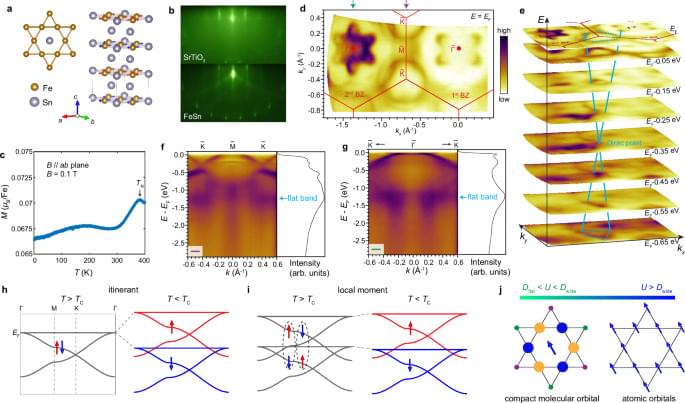Advancements in nuclear physics suggest the possibility of discovering stable, superheavy elements.
Researchers have found an alternative way to produce atoms of the superheavy element livermorium. The new method opens up the possibility of creating another element that could be the heaviest in the world so far: number 120.
The search for new elements is driven by the goal of finding versions that are stable enough to exist beyond a fleeting moment. In nuclear physics, there is a concept known as the “island of stability”—a hypothetical region in the upper reaches of the periodic table where as-yet-undiscovered superheavy elements could potentially last longer than just a few seconds. Scientists are working to explore how far the stability of atomic nuclei can extend.
